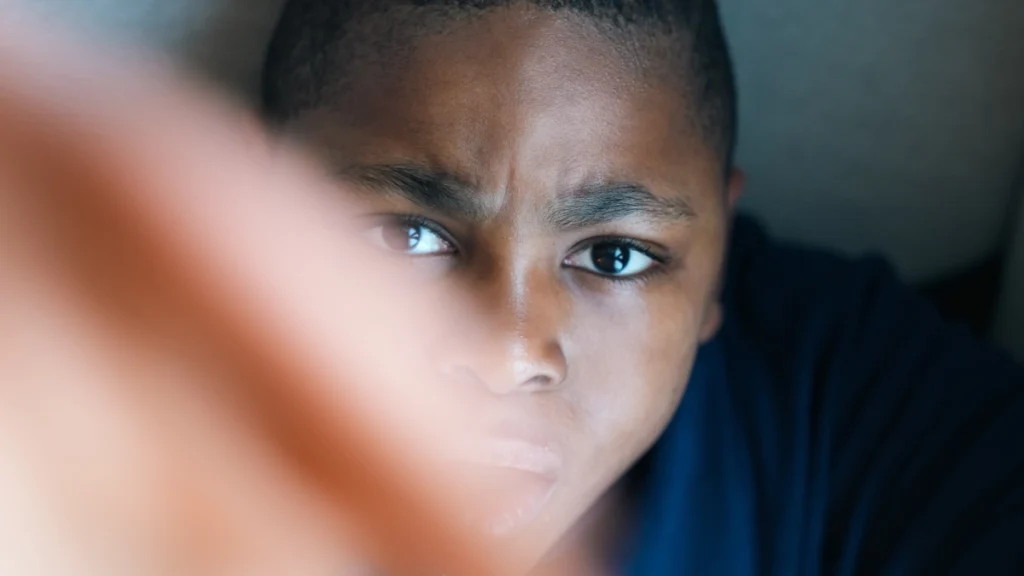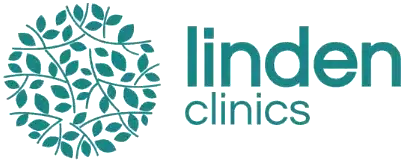What is joint attention and why is it important in autism? Learn how it develops, how it differs in autistic children, and how it can be supported.
Joint attention is the shared focus of two individuals on an object or event. It’s a crucial part of early communication and social development. In autism, joint attention is often delayed or develops differently, and this can impact language acquisition, play, and peer interactions.
Table of Contents
What Is Joint Attention?
Joint attention refers to behaviors such as pointing, showing, or looking back and forth between a person and an object to share interest. It typically develops between 6–18 months of age.
Joint Attention in Autistic Children
Many autistic children may:
- Not follow a caregiver’s gaze or point,
- Not bring objects to share interest,
- Appear uninterested in shared experiences.
These differences don’t mean a lack of intelligence or emotion—they reflect a different developmental pathway.

Why It Matters
Research shows that joint attention is strongly linked to language development and social skills. It’s one of the foundational skills therapists often target in early intervention programs.
Ways to Support Joint Attention
Interventions may include:
- Imitation games,
- Playing with turn-taking toys,
- Using high-interest objects to build engagement.
Professional therapies like ABA, DIR/Floortime, or speech therapy often incorporate joint attention goals.
Conclusion
Joint attention is a key area of focus in autism research and therapy. While differences exist, supportive strategies can foster growth in shared communication skills. Always consult with professionals for personalized intervention.
Q&A
At what age does joint attention typically develop?
Between 6 and 18 months.
Is joint attention the same as eye contact?
Not exactly. Eye contact can be part of joint attention, but it also includes gestures and shared focus.
Can joint attention improve over time?
Yes. With support and intentional strategies, many children make meaningful progress.

